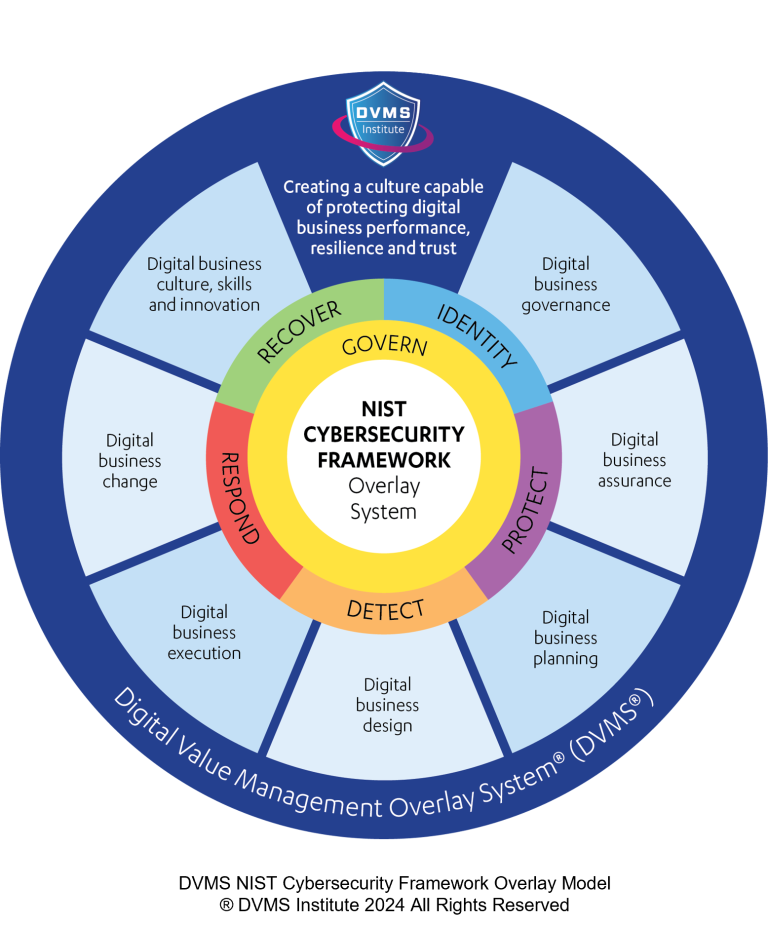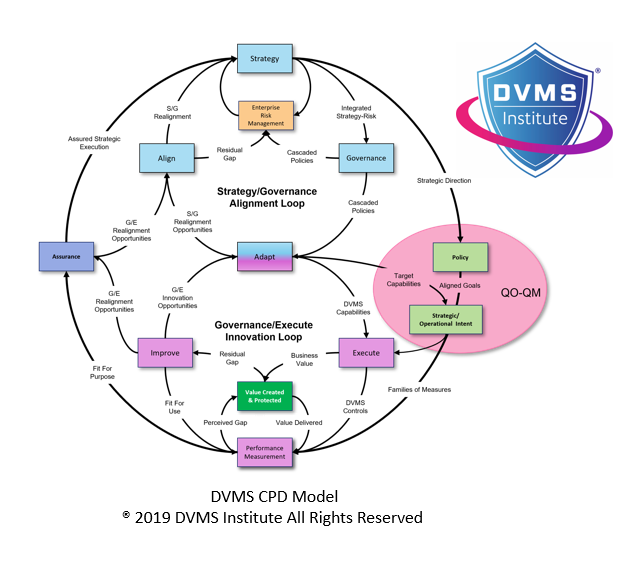Why Pre and Post Assessment Must be Part of an Organization’s Cybersecurity Awareness Training Program
Rick Lemieux – Co-Founder and Chief Product Officer of the DVMS Institute
Integrating pre- and post-assessment within cybersecurity awareness training is a strategic imperative that significantly enhances its effectiveness. By gauging employees’ baseline knowledge and behavioral tendencies before training, organizations can tailor their programs to address specific gaps and prioritize areas requiring focused attention. This targeted approach optimizes training resources and ensures maximum impact. Furthermore, post-assessment is a critical tool for evaluating the training’s efficacy, identifying areas where additional reinforcement may be necessary, and measuring the overall improvement in cybersecurity awareness and behavior.
A pre-assessment is a diagnostic tool that reveals employees’ understanding of cybersecurity concepts, awareness of common threats, and adherence to security best practices. This information empowers organizations to design training modules that are relevant, engaging, and directly address the identified knowledge deficits. For instance, if the pre-assessment highlights a lack of understanding regarding phishing attacks, the training can delve deeper into recognizing and avoiding such threats, providing practical tips and real-world examples.
Moreover, a pre-assessment can uncover underlying behavioral patterns that may inadvertently compromise security. By assessing employees’ risk tolerance, their propensity to take shortcuts, and their level of skepticism towards suspicious emails or websites, organizations can address these behavioral factors during training. This proactive approach encourages a shift in mindset. It promotes a security culture where employees are empowered to make informed decisions and actively contribute to the overall security posture.
Post-assessment, on the other hand, serves as a valuable feedback mechanism, allowing organizations to measure the impact of their training efforts. By comparing post-assessment results with pre-assessment data, organizations can quantify the increase in knowledge retention, the improvement in risk awareness, and the adoption of secure behaviors. This data-driven approach enables organizations to fine-tune their training programs, identify areas for improvement, and demonstrate the return on investment of their cybersecurity awareness initiatives.
Additionally, post-assessment can highlight any persistent knowledge gaps or behavioral challenges that may require further intervention. Organizations can provide targeted follow-up training, such as refresher courses, interactive simulations, or personalized coaching by pinpointing specific areas where employees continue to struggle. This ongoing reinforcement helps to solidify learning and ensures that the positive impact of the initial training is sustained over time.
Incorporating pre- and post-assessment into cybersecurity awareness training fosters a culture of continuous learning and improvement. By regularly evaluating employees’ knowledge and behavior, organizations can create a dynamic and adaptive training program that keeps pace with evolving threats and emerging technologies. This proactive approach not only enhances the effectiveness of training but also demonstrates a commitment to cybersecurity as a core organizational value.
Furthermore, pre- and post-assessment can be used to track the overall maturity of an organizational cybersecurity culture. By monitoring trends over time, organizations can identify areas where the culture is strengthening and additional efforts are needed. This long-term perspective allows organizations to measure their progress towards a more security-conscious workforce and celebrate milestones.
Integrating pre- and post-assessment into cybersecurity awareness training is a powerful strategy for enhancing effectiveness and fostering a robust cybersecurity culture.
By tailoring training to specific needs, addressing behavioral factors, measuring impact, and providing ongoing reinforcement, organizations can empower employees to become active participants in safeguarding sensitive information and mitigating cyber risks. This investment in cybersecurity awareness training protects valuable organizational assets and strengthens its overall resilience in the face of ever-evolving cyber threats.
About the Author

Rick Lemieux
Co-Founder and Chief Product Officer of the DVMS Institute
The DVMS Institute teaches organizations of any size, scale, or complexity an affordable approach to mitigating cyber risk to protect digital business performance, resilience, and trust.
Rick has 40+ years of passion and experience creating solutions to give organizations a competitive edge in their service markets. In 2015, Rick was identified as one of the top five IT Entrepreneurs in the State of Rhode Island by the TECH 10 awards for developing innovative training and mentoring solutions for boards, senior executives, and operational stakeholders.
® DVMS Institute 2024 All Rights Reserved




